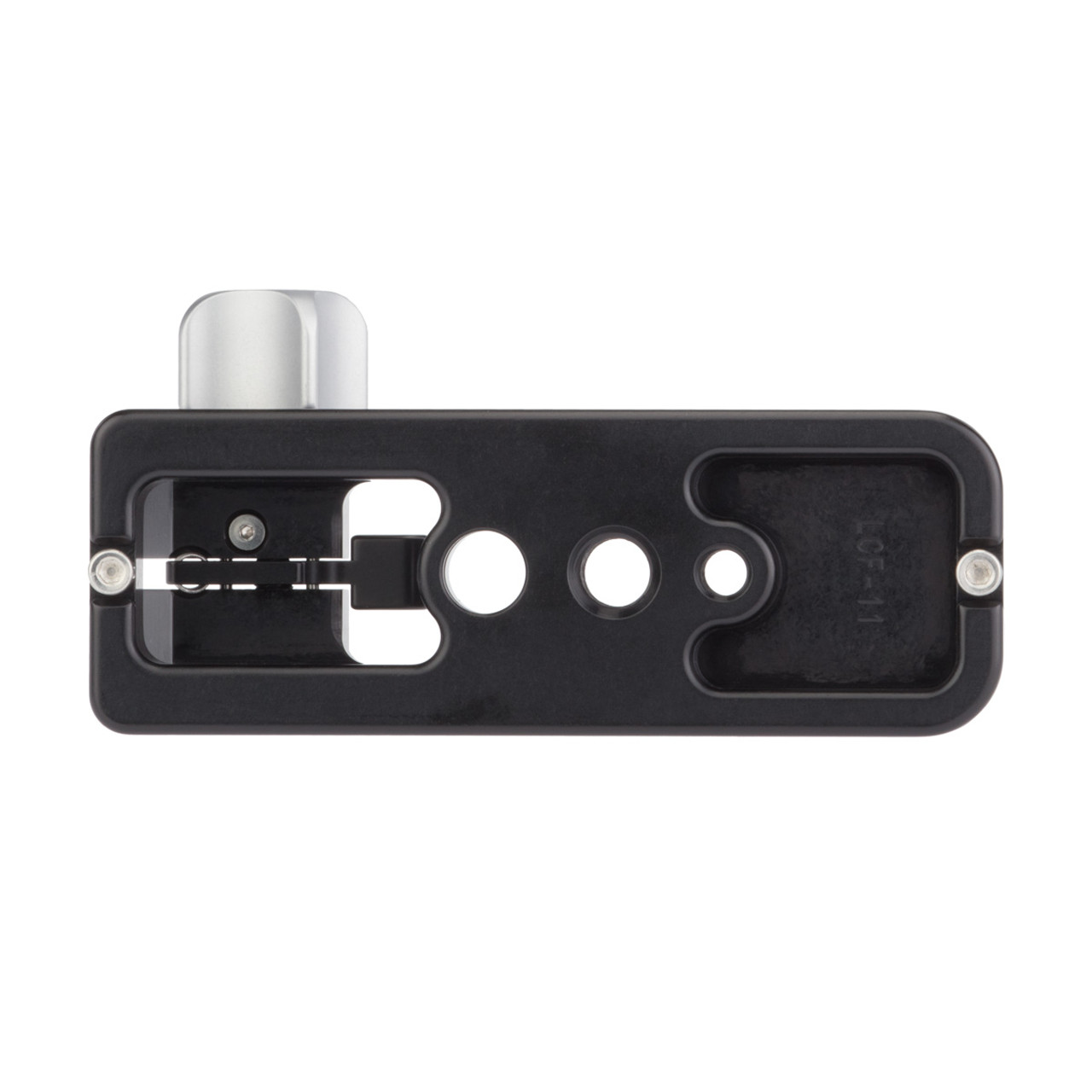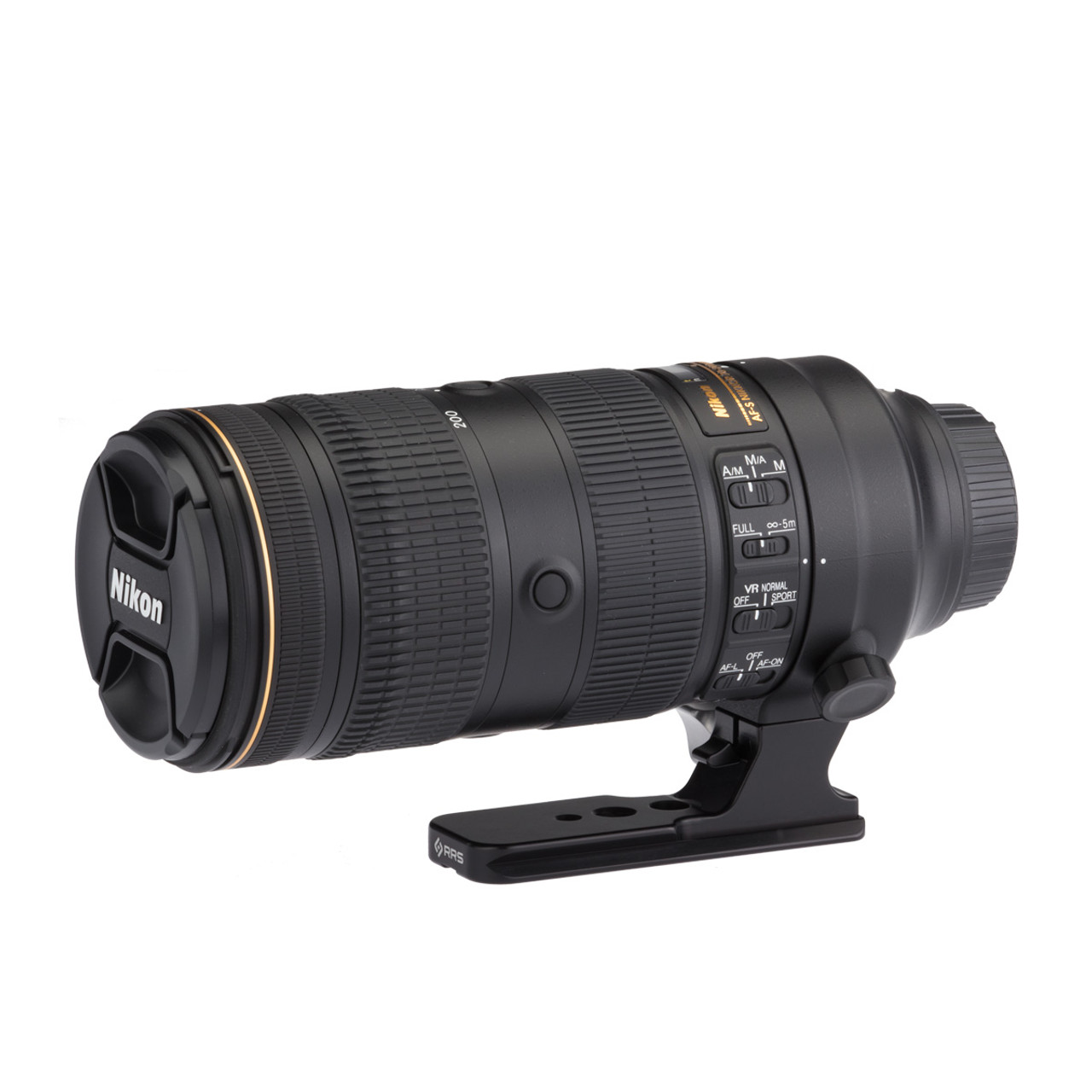
LCF-11: Foot for Nikon 70-200MM F/2.8E & 500MM F/5.6E PF
$140.00
- SKU:
- LCF-11
- UPC:
- 818413024793
Downloads
find your perfect setup

Colors Available
$120.00

LCF-22: Lens Foot for Nikon Lens
Colors Available
$160.00

LCF-21: Replacement Foot for Nikon Lenses
Colors Available
$145.00
1 Review Write a Review
-
Is it safe to use with Nikon Z9?
I have been using my Nikon D850 - AF-S 500mm /5.6E PF ED VR lens combination and the Really True Things LCF-11 Spare Foot for last 3 years without any problems. My question is; I'm thinking of buying Nikon Z9 soon. NikonZ9 is 425g heavier. For this reason, is it possible for me to continue with the Nikon AF-S 500mm /5.6E PF ED VR Lens and the Really Right Stuff LCF-11 ? Or do I really need to buy the Really Right Stuff Modular L-Plate Set for Nikon Z9 ? I'm thinking of using Nikon Z9 with Carbon Monopod and Really Right Stuff MH-01 Monopod Head - Standard Lever. Thank you in advance for your answer.


























